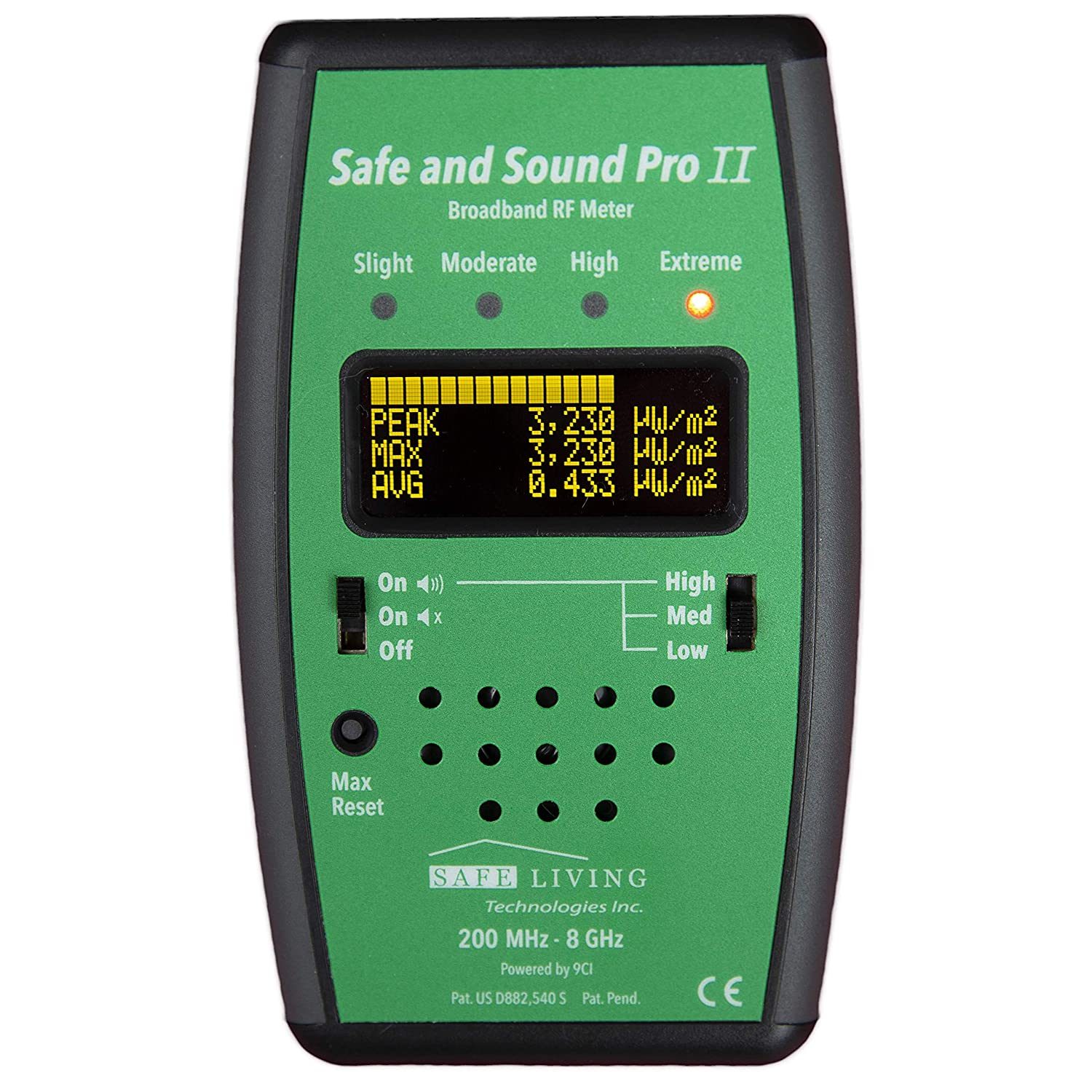Read it here first!
Lately, we’ve been all about finding the most concise, simplest and easy to understand ways to share information about the low-EMF movement, especially for those who are new to it.
You’re in luck with this week’s posting. We just got a preview of a new article on the health impacts of wireless on children. It will appear in a spring 2017 issue of the journal Child Development. Parents who are trying to navigate the issues around kids, cell phones and screen time will want to read this.
Are you a parent? Are you considering getting pregnant? Are you an educator? Then this article is particularly relevant for you.
Pay close attention to the last sentence. It really reinforced my belief, that as parents, it’s up to us to set the standard for healthy living for our children, especially when it comes to screen time with wireless devices.
What do you think? I’d love to hear your thoughts. Email me at stephanie.kerst@sage.living.us!
Why Wireless Technologies Can Place Childhood Development At Risk
What is It?
In the last three decades, wireless technology has dramatically changed the physical environment in which children are born and raised. Wireless allows us to communicate rapidly, cook instantly, listen in on our sleeping babies, secure our homes with burglar alarms and engage our children in learning experiences that leave them clamoring for more time on the computer. But it may come with a price.
Why Are Educators Concerned?
Today’s teaching environments have been deeply altered by electromagnetic fields (EMF) and wireless (pulsed radiofrequency and microwave radiation) that we now realize may be having the impact of degrading rather than supporting educational achievement. While these newest technologies can fire up student interest, they have not resulted in better academic achievement, Instead, wireless learning thrusts a deterrent at children that may stunt memory, block concentration skills, impair confidence, lower achievement and degrade classroom behavior essential for attentive learning. Though probably caused by multiple factors, it is important to note the steep rise in neurological problems in children such as autism and ADHD parallels the steep rise of new wireless exposures. The great need for special education programs underscores how in learning disabilities and behavioral problems have exploded in recent decades.
Why Are Doctors Concerned?
Infants and very young children are still developing the brain, nervous and immune systems at a rapid rate, and are very sensitive to artificial electrical signals from these technologies. Science is showing how early exposures of the mother at critical times during her pregnancy can cause life-long changes in the way the baby’s brain develops. This chronic ‘environmental noise’ interferes with natural environmental signals needed to cue normal develop in these early years. We cannot sense these artificial energies from wireless technologies without special equipment. But if we could make it visible we would see streams of pulsing energy crisscrossing around and through us. These new forms of energy can have lifelong health impacts as a result.
What We Can Do
While some exposures are unavoidable, there is good news. EMF sources can be easily identified to reduce unnecessary exposures of small children and pregnant women. Wherever people spend their time, they can choose wired phones and wired internet access, and avoid the wireless options. This should be a top priority for school districts, pre-schools, nurseries and home environments. Good parenting interventions should include limiting screen time and opting for wired technology in the home, in the car, and for recreational pastimes.
Authors:
Cindy Sage, MA, Sage Associates, Santa Barbara, CA USA sage@silcom.com (805) 969-0557
Ernesto Burgio, MD, European Cancer and Environmental Research Institute (ECERI)
International Society of Doctors for Environment, (ISDE) Scientific Office, Arezzo, Italy





